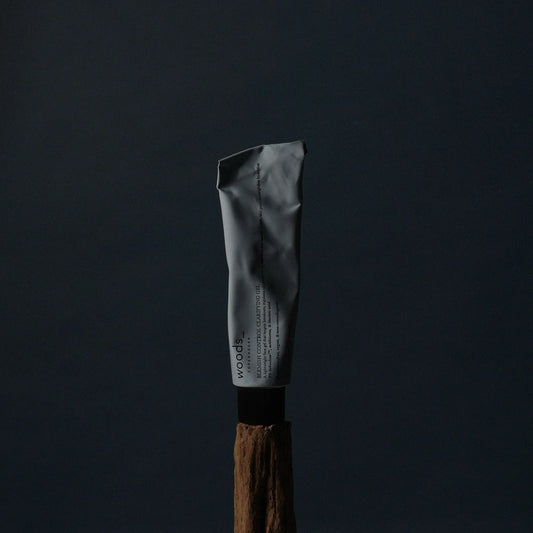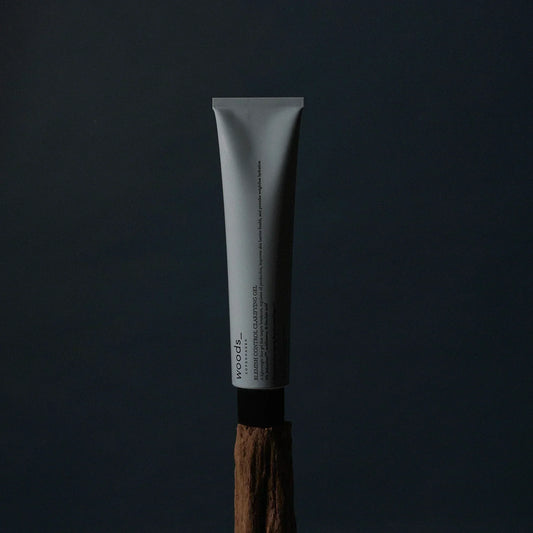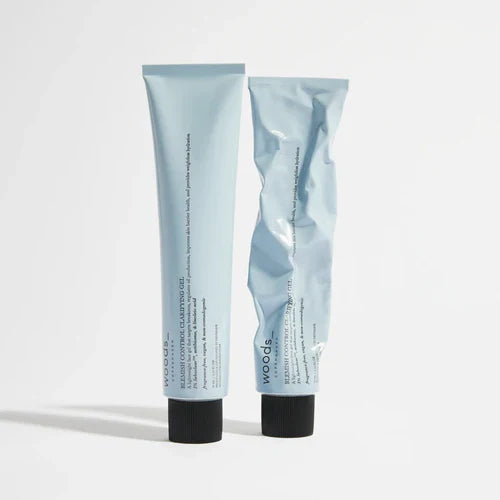The skin barrier and TEWL
Skincare moisturizers are formulated to maintain the skin barrier’s functionality. The stratum corneum, A.K.A. the outermost layer of the skin, has multiple protective functions, but one of its most important properties is to keep our body and skin hydrated by regulating water evaporation.
Healthy skin means a skin barrier in tip-top shape, and to achieve that, it’s important that all the skin layers are optimally moisturized. The outermost layer of the skin is made of water-soluble molecules (hydrophilic) and oil-soluble molecules (lipophilic). Together, they keep the skin naturally moisturized and functional. The oil molecules are part of the hydrolipidic film, which is composed of sebum (the skin's natural oil), sweat secretions, and dead skin cells, while the water-loving molecules are also known as the natural moisturizing factor (NMF), which is a mixture of different compounds, including free amino acids, lactic acid, urea/carbamide, and salts. The components of the NMF are responsible for keeping the skin moist by directly holding water.
The outermost layer of the skin’s capacity to keep in water can be expressed through the concept of “trans epidermal water loss” (TEWL). TEWL is a way that scientists have found to measure with more accuracy how efficient the skin barrier is. Because this topic can easily get very sciency and complex, we can make a silent agreement that I won’t dive into it too much. For now, let’s just say that the only thing you need to know about the TEWL is that there's an average value that reflects healthy skin. This value increases as the skin barrier gets less efficient, and, therefore, damaged skin will have higher TEWL values than the average. For example, TEWL dramatically increases dermatitis – a skin condition that changes the natural structure of the skin.
Young and healthy skin usually have a good capacity to counteract superficial damage and can quickly reestablish the functionality of the skin barrier. But as skin ages, this response might slow down. Not to mention that we are exposed to harmful external factors every day, such as sun, pollutants, and harsh detergents, which also might decrease the skin’s ability to restore the protective layer.
The role of moisturizers is to maintain the skin’s natural balance and ensure that the skin barrier is intact. This is why we always underline the importance of a good skincare routine. And I’m not just talking about the face – your body also deserves some daily care.
Moisturizers VS emollients – what's the difference?
Creams, lotions, balms, and oils are all skincare formulas that can help boost your skin's properties and keep your skin barrier intact. Scientifically speaking, the ingredients used to create these formulations reflect the composition of the skin’s outermost layer. This means that they are usually made either of water-soluble ingredients (e.g., as in Niacinamide Lifting Mist), oil-soluble ingredients (e.g., as in Vitamin Face Oil), or both (e.g., as in Daily Hydra Cream).
Your skincare may refer to hydration and emollience/moisture as if they're interchangeable terms, but actually, they depend on different molecules and mechanisms. The confusion arises from the fact that hydrated and healthy skin looks soft and plumped, and this makes it hard to remarkably differentiate hydration and emollience/moisture (softness) in terms of functionality. But luckily, I'm here to help clarify things:
- Humectants, commonly confused with the general term moisturizers, are ingredients that directly hold water molecules in the skin. This role is played naturally by the skin’s NMF components. Making a complete list of all possible water-soluble skin moisturizing actives is impossible, but we could say that most of them are small molecules that mimic the NMF’s properties, such as amino acids, glycerin, and sodium PCA.
There are also bigger water-soluble molecules that can be used as skin moisturizers. These types of actives can bind and retain larger amounts of water, acting as a hydration supply from which skin components can draw. This is why you can easily find them in masks and intense treatments. The queen of all humectants, without any doubt, would be hyaluronic acid – a naturally occurring substance in the skin, which can bind over one thousand times its weight in water. And we are pretty sure that this is one of the reasons that Intense Hyaluronic Mask is a bestseller of ours.
- Emollients are oil-soluble ingredients that in-directly hold water into the skin, as the hydrolipidic film naturally does. They form a film that mechanically prevents water from leaving the skin to limit TEWL. These molecules are also capable of binding water, but they are way less efficient at that than humectants.
Based on their different properties, emollients can be more or less occlusive. Light emollients make the skin’s surface look smoother by filling the empty space left by dead skin cells with oil droplets. While the occlusive feeling that some more protective emollients give is due to their other mechanism, the overlayer that they produce not only locks water in the skin to leave it softer, but it also protects the skin from the external environment, making the restorative process more efficient. This is why applying our Instant Repair Balm or Repair Body Balm on very dry and damaged spots is always a good idea.
Understanding the difference between humectants and emollients is important because it can help you choose the most beneficial ingredients for your skin. If you have dry skin, it means that your skin barrier is not fully intact. To get it back on track, you will need emollients. While if you have dehydrated skin, what your skin craves are humectants. Read all about dry versus dehydrated skin in our blogpost DRY VERSUS DEHYDRATED SKIN.
What about nutrients?
Particularly when dealing with damaged skin, humectants and emollients might not be sufficient alone – this is where nutrients come in handy. Nutrients are actives that help repair the barrier function by restoring its components or stimulating their production. One of the most used nutrients in skincare is ceramides (a type of lipid that supports the skin’s barrier function), which you can find in our Vitamin A Treatment Cream.
Related Products
More posts
-
Adult acne: from cause to treatment
While many associate acne and blemishes with the turbulent teenage years, the reality is that many adults continue to grapple with breakouts well into their 20s, 30s, and beyond. But...
Read more -
Skincare for teens: a step-by-step guide
Navigating skincare as a teenager (or honestly, just as much as an adult) can feel like a maze. In this digital age, we’re constantly flooded with the newest trends and...
Read more -
Introducing: blemish control clarifying gel
Breakouts are one of the most common skin concerns, affecting people of all ages and skin types. And when it comes to treating blemishes, striking the perfect balance can be...
Read more
- Choosing a selection results in a full page refresh.
- Opens in a new window.




